Stove Ventilation Blowing into Kitchen
mminmi
13 years ago
Featured Answer
Sort by:Oldest
Comments (31)
User
13 years agolast modified: 9 years agomminmi
13 years agolast modified: 9 years agoRelated Professionals
Parkland Home Remodeling · St. Louis Kitchen & Bathroom Designers · Beach Park Kitchen & Bathroom Remodelers · Roselle Kitchen & Bathroom Remodelers · Westchester Kitchen & Bathroom Remodelers · Ridgefield Park Kitchen & Bathroom Remodelers · Four Corners General Contractors · Bellingham General Contractors · Brownsville General Contractors · Claremont General Contractors · DeRidder General Contractors · Henderson General Contractors · North Highlands General Contractors · Tuckahoe General Contractors · University City General Contractorsbrickeyee
13 years agolast modified: 9 years agoworthy
13 years agolast modified: 9 years agojuliekcmo
13 years agolast modified: 9 years agomag77
13 years agolast modified: 9 years agobrickeyee
13 years agolast modified: 9 years agoworthy
13 years agolast modified: 9 years agomminmi
13 years agolast modified: 9 years agoworthy
13 years agolast modified: 9 years agodavidro1
13 years agolast modified: 9 years agomminmi
13 years agolast modified: 9 years agomminmi
13 years agolast modified: 9 years agomminmi
13 years agolast modified: 9 years agojuliekcmo
13 years agolast modified: 9 years agomminmi
13 years agolast modified: 9 years agoworthy
13 years agolast modified: 9 years agodavidro1
13 years agolast modified: 9 years agomminmi
13 years agolast modified: 9 years agoworthy
13 years agolast modified: 9 years agomminmi
13 years agolast modified: 9 years agodavidro1
13 years agolast modified: 9 years agomminmi
13 years agolast modified: 9 years agodavidro1
13 years agolast modified: 9 years agodavidro1
13 years agolast modified: 9 years agoworthy
13 years agolast modified: 9 years agodavidro1
13 years agolast modified: 9 years agomminmi
13 years agolast modified: 9 years agoenergy_rater_la
13 years agolast modified: 9 years agoHU-908106941
last year
Related Stories

KITCHEN APPLIANCESLove to Cook? You Need a Fan. Find the Right Kind for You
Don't send budget dollars up in smoke when you need new kitchen ventilation. Here are 9 top types to consider
Full Story
KITCHEN DESIGNHow to Choose the Right Hood Fan for Your Kitchen
Keep your kitchen clean and your home's air fresh by understanding all the options for ventilating via a hood fan
Full Story
KITCHEN DESIGNWhat to Know When Choosing a Range Hood
Find out the types of kitchen range hoods available and the options for customized units
Full Story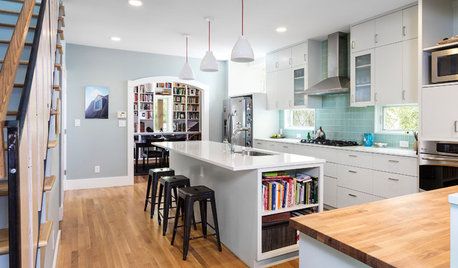
MOST POPULAR6 Kitchen Flooring Materials to Boost Your Cooking Comfort
Give your joints a break while you're standing at the stove, with these resilient and beautiful materials for kitchen floors
Full Story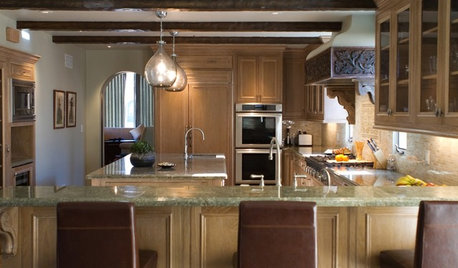
KITCHEN DESIGNHouzzers Say: Top Dream Kitchen Must-Haves
Tricked-out cabinets, clean countertops and convenience top the list
Full Story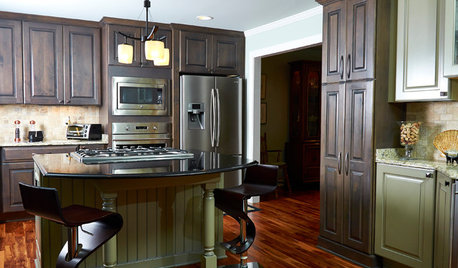
KITCHEN MAKEOVERSKitchen of the Week: Rich Materials, Better Flow and a Garden View
Adding an island and bumping out a bay window improve this kitchen’s layout and outdoor connection
Full Story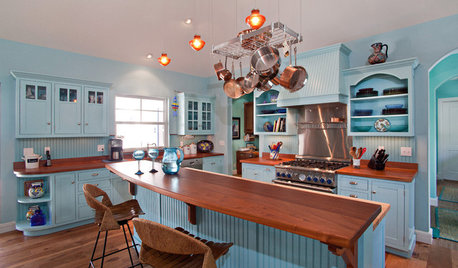
KITCHEN DESIGNHere's Help for Your Next Appliance Shopping Trip
It may be time to think about your appliances in a new way. These guides can help you set up your kitchen for how you like to cook
Full Story
HEALTHY HOMEGet Cleaner Indoor Air Without Opening a Window
Mechanical ventilation can actually be better for your home than the natural kind. Find out the whys and hows here
Full Story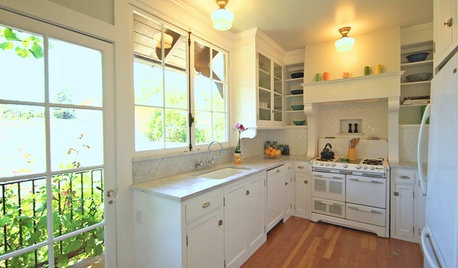
HOUZZ TVHouzz TV: A Just-Right Kitchen With Vintage Style
Video update: A 1920s kitchen gets a refined makeover but stays true to its original character and size
Full Story
FUN HOUZZ31 True Tales of Remodeling Gone Wild
Drugs, sex, excess — the home design industry is rife with stories that will blow your mind, or at least leave you scratching your head
Full StorySponsored
Industry Leading Interior Designers & Decorators in Franklin County
More Discussions


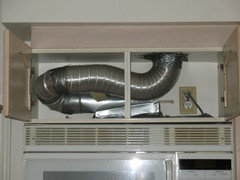
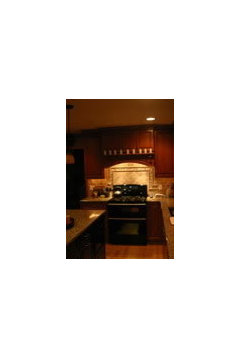

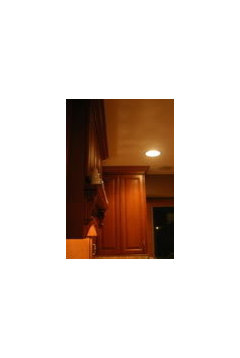
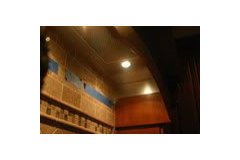

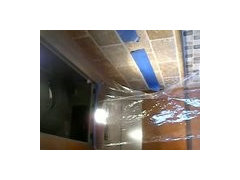
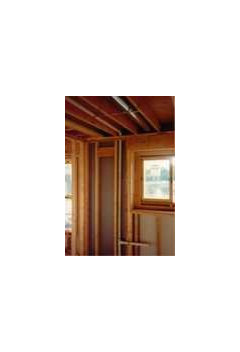
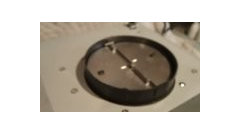

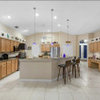
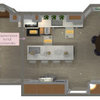
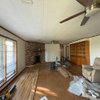
mminmiOriginal Author